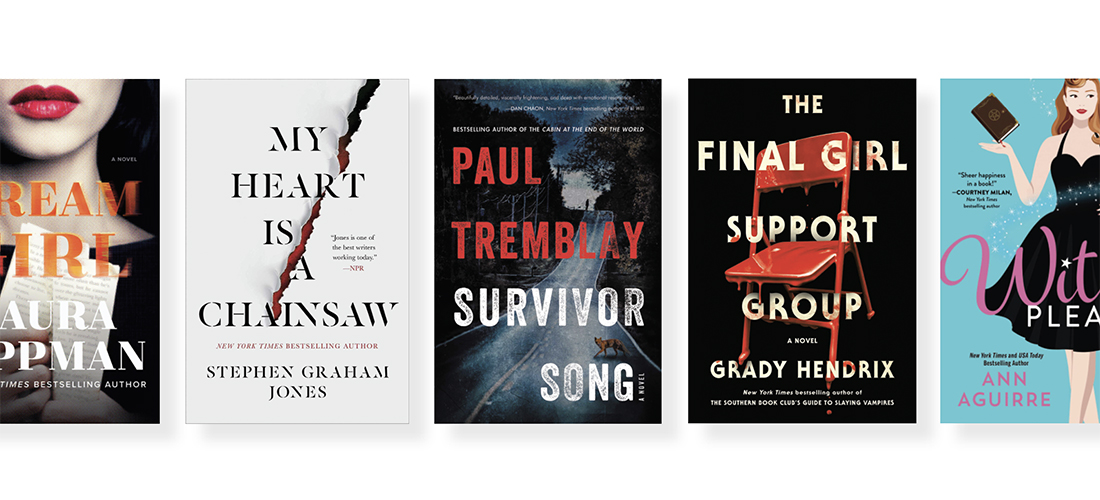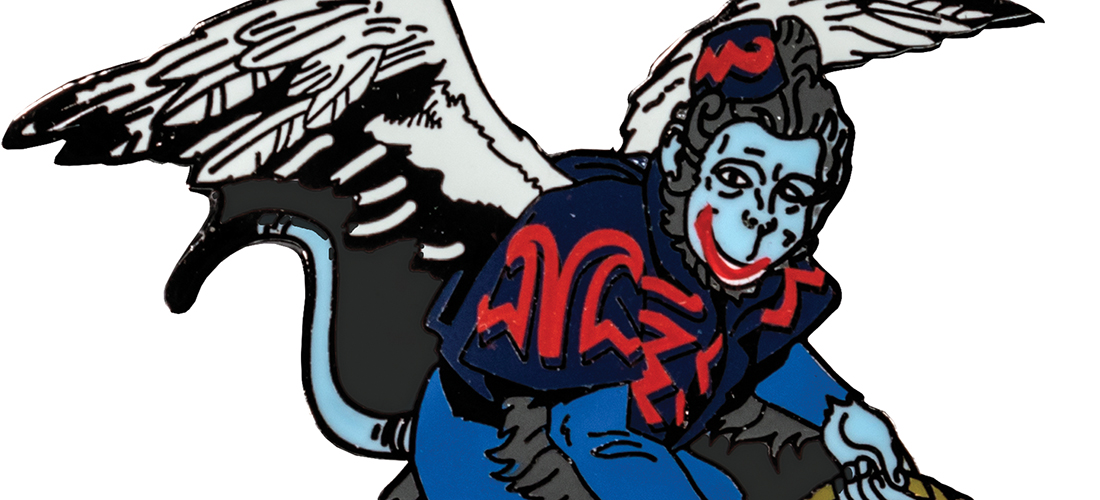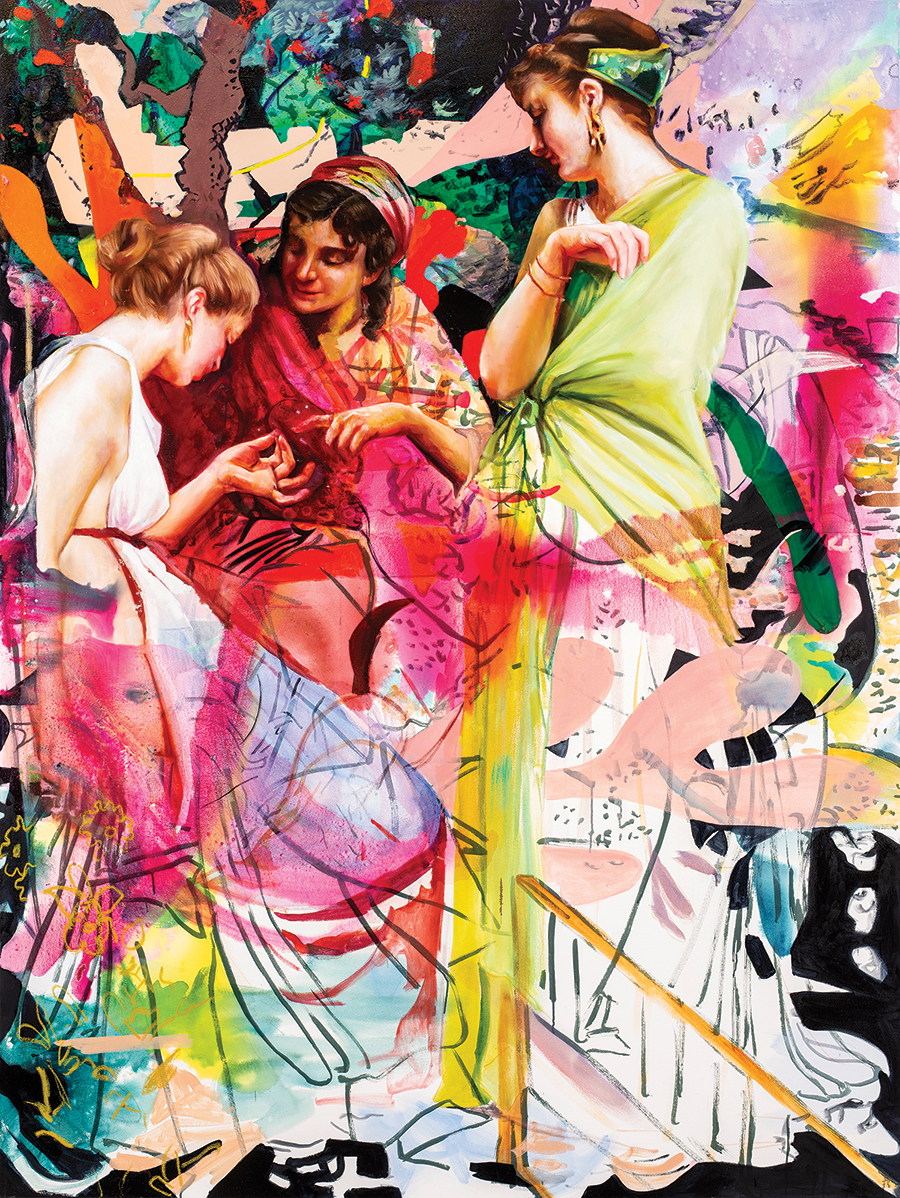Home by Design
Whispers of Sharon
Through her worldly possessions, a sister spills her secrets from beyond the veil
By Cynthia Adams
My nieces had set to work after Christmas, mulling over what to keep, what to press into siblings’ hands and what to donate. My sister Sharon, six years my senior, died suddenly after Thanksgiving. Someone had to empty the wallet, the purse, the closets and drawers — each corner of her life.
A month earlier, I stood before mourners at a funeral home with a frozen smile on my face.
Writers are often asked to write obituaries and eulogies for the loved ones of friends. I should have been better at this when it came to my sister.
When a beloved boss died, I attempted a funny story about my first week on the job, but I was too anxious and the humor too strained. Mourners tittered politely. A wiser person would have learned from that experience.
My nieces had stressed that they wanted an upbeat service.
Happy, they said.
So there I was, trying to wring humor from sorrow as my elderly mother listened, riven with grief. Her black eyes shone with tears.
She, too, would be dead within the year.
I talked about my sister’s courage when we were farm kids. She had been a fierce cowgirl, I said, with red boots and dark pigtails that swished as we played Crack the Whip with neighborhood kids. The genuinely laughable thing was how little courage I possessed by comparison.
When Bessie, our milk cow, stood grinding on Sharon’s foot, did she scream? No, she just ordered me to pull the old cow away. If her horse Mable bucked her, Sharon dusted dirt off her bottom and threw a booted foot back over the saddle.
Me? I was prone to dismount in histrionics when my pony twitched at a fly.
Not how the Lone Ranger would act, Sharon frowned.
Get back on.
I was the scrawny one, an instigator of neighborhood kerfuffles. Sharon broke her collar bone defending me in a fight I foolishly started with the neighborhood bully. She lay on a pallet in our room for weeks until the bones knitted back.
In the darkness, while I sniffled at ghosts if the winds howled, she would snigger.
Now I reluctantly followed my nieces through my sister’s house, so empty our steps echoed.
Buck up, I told myself.
Gingerly, I touched Sharon’s worldly possessions. I spied our grandmother’s beloved cookie jar and her porcelain tea set, crackled with webs.
My cowgirl sister, it turned out, was a hoarder of finery: pale pink crystal, so delicate a tooth could crack the rim. Ornate silver — trays, coffee sets and serving pieces from an era when people entertained in a way Sharon never had.
Upstairs, I tiptoed into her inner sanctum. Sharon’s closet was echo empty apart from our great aunt’s monogrammed mink. I gaped. Where had she worn that?
Then a mass of jewelry. And purses — an astonishing number.
My niece opened a drawer. “And this,” she said in a flat voice. “I don’t know what to do about this.”
Inside lay a snub-nosed revolver.
Sharon, the fearless, kept a revolver?
Atop her nightstand: The Happiness Project, the book she was reading before a heart attack sent her to the ER. I peeked at thumbed down pages.
On top of a stack of greeting cards was a sympathy card she’d written to someone, unaddressed. “She had a special way that warmed the hearts of everyone who knew her,” Sharon had written in consolation.
I took in her words, desperately wanting to know who this last message was intended for, and noting the irony of how they could be applied to my warm-hearted sister. Suddenly, I felt awkward. Intrusive. And very alone after my nieces went their separate ways.
My own bedside reading and trove of valuables might yield a few surprises. But no minks. No red cowgirl boots. No pistols. All at once, I was overcome with an aching sense of loss. Rain began to fall and the house seemed to close in on me. Locking the door behind me, emotions I could not name swelled to the surface. Outside, I avoided looking toward the forlorn garbage can, brimming with objects reluctantly discarded. Droplets shimmered in the fading light, almost electric on the leafless trees.
I placed two boxes in the trunk of my car — totems of my sister’s life. My grandfather’s broken Philco radio, books, the empty cookie jar (once filled with Dixie cookies from the A&P) and two wigs (one of which I bought Sharon during her fight with cancer).
I set off into the cold, accompanied by a Sunday-night dolorous concerto on the radio, pondering unbearable mysteries.
Rolling over a neighborhood speed bump, the cookie jar rattled ominously. The sound made me curse and cry at the same time.
Get back on, I whispered. OH
Cynthia Adams is a contributing editor of O.Henry magazine.

















